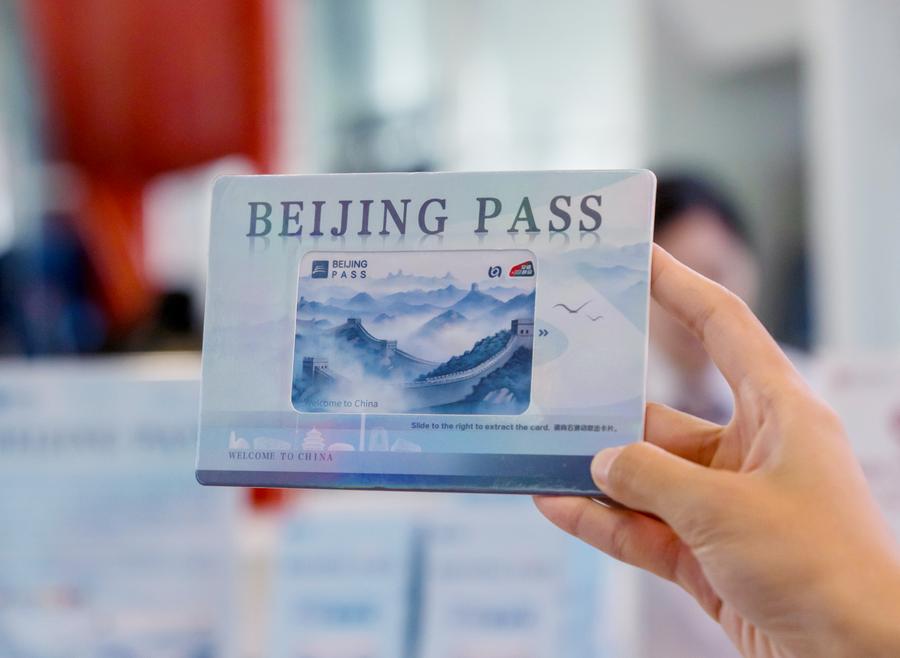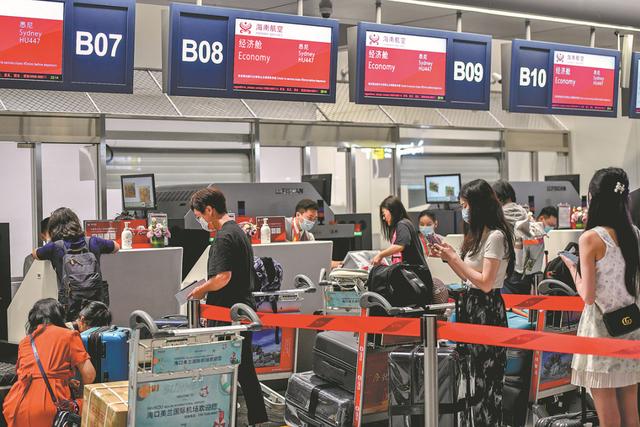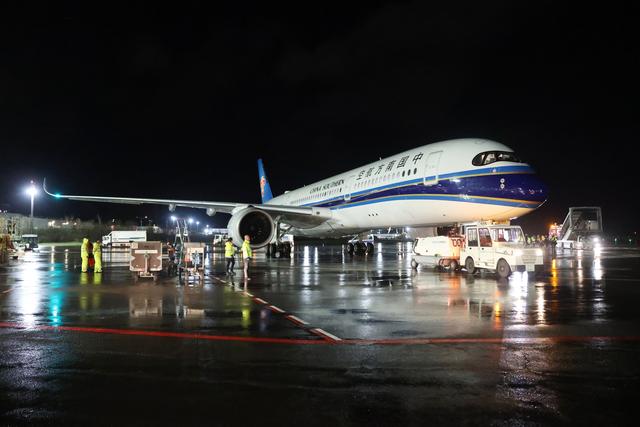Introducing the Beijing Pass, a versatile companion unveiled in the heart of China's capital, designed to be a seamless gateway for international travelers exploring Beijing's wonders. Imagine a key that…
Prepaid cards issued in Beijing for inbound tourists



